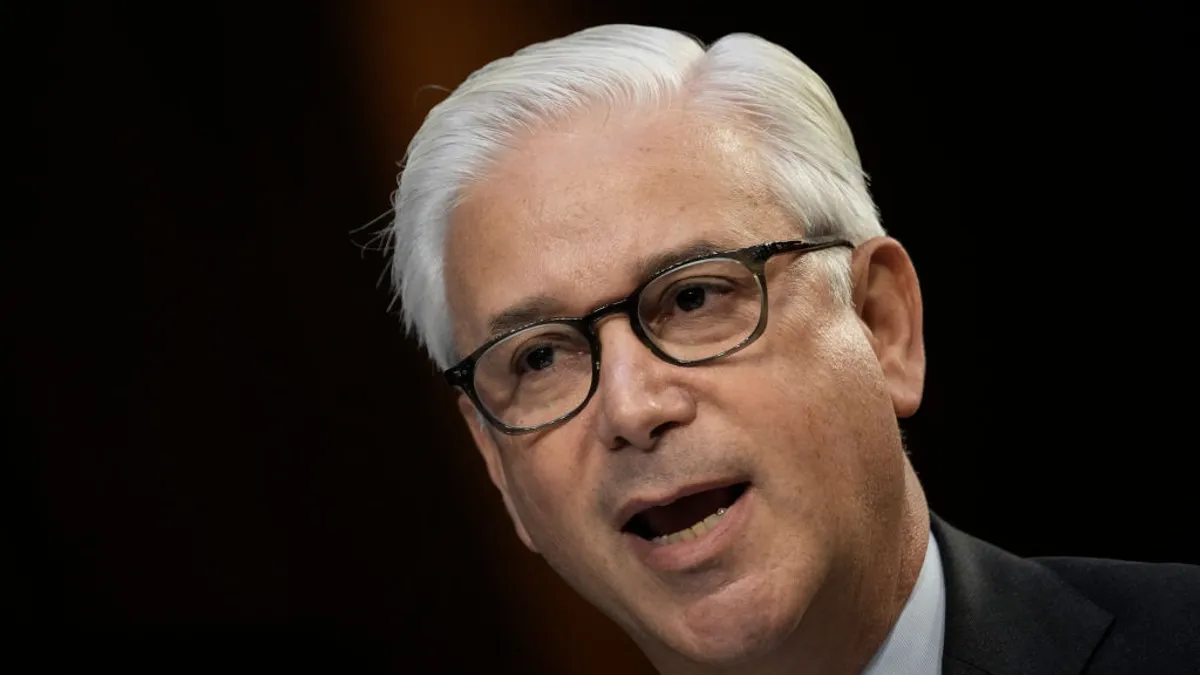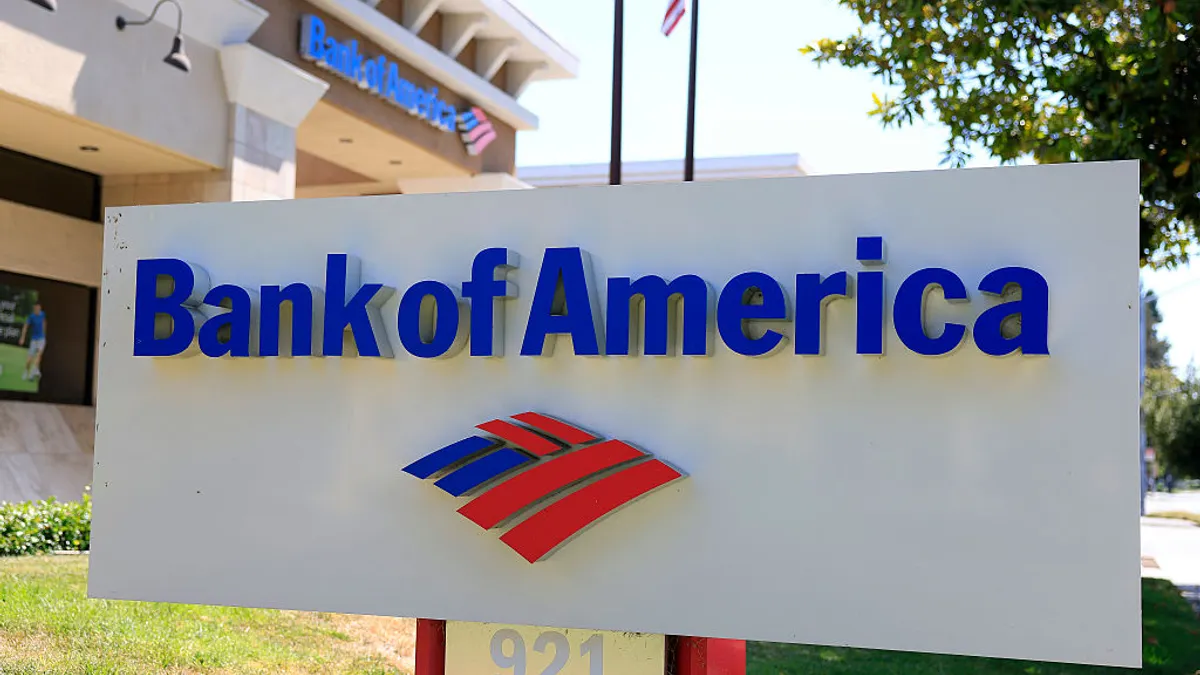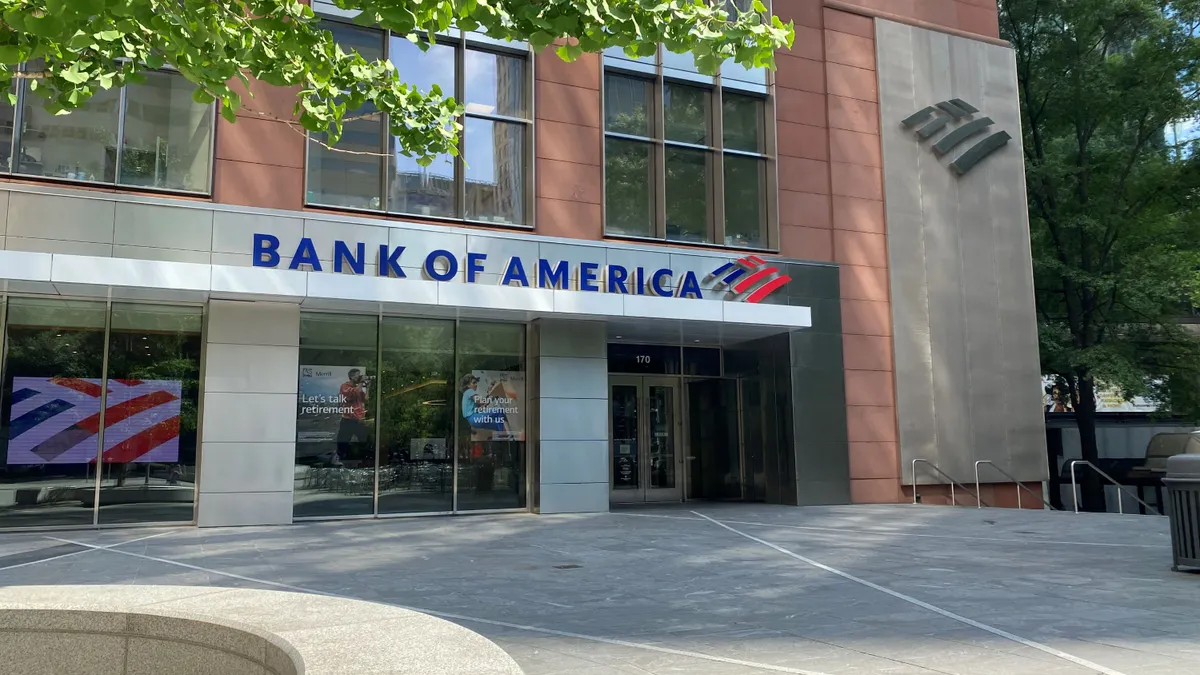A proposal to overhaul how banks meet lending requirements under the Community Reinvestment Act (CRA) is running into headwinds among banks, regulators, members of Congress and advocates of low-income communities.
Banks say the proposal released in January by the Office of the Comptroller of the Currency (OCC) would increase their compliance costs and force them to hold more loans in portfolio rather than securitize them for sale to investors, while community advocates say it will lead to a drop in the number of loans to low-income households and businesses.
"The proposal is so fundamentally flawed it really needs a rethink," Jesse Van Tol, CEO of the National Community Reinvestment Coalition, an advocacy group, told The Wall Street Journal.
CRA was enacted in 1977 to ensure banks make loans in all areas in which they have branch operations and collect deposits. The goal is to make banks accountable for extending credit to households and businesses in low-income areas if the banks have branch operations in those areas.
Under the proposal by the OCC, which was released jointly with the Federal Deposit Insurance Corp. (FDIC), banks would be able to meet their CRA requirement by area rather than by branch location, a broader measure. The proposal would also add specificity to what constitutes an eligible loan.
Changing the way the law works geographically is intended in part to account for the rise of online banking and fintech operations.
"We have internet banks today that gather deposits all across the nation, but often they picked an assessment area, which was their headquarters," Comptroller of the Currency Joseph Otting told Banking Dive in December.
Revamp needed
Banks say an overhaul of CRA, which hasn’t been significantly changed since it was enacted, is overdue, but they’re concerned compliance costs will escalate under the OCC’s plan.
"Bankers are concerned about the extra expense of complying with rules that would require them to track deposits and consumer loans by region rather than just by branch," the Journal reported.
In addition, banks worry the way CRA credit would be determined would push them into doing more portfolio lending and originating fewer loans using conventional secondary market guidelines so they can sell the loans to investors on Wall Street.
"The proposal would give banks nearly 30 times more credit for holding a typical home mortgage than for selling it into the secondary market," Benson "Buzz" Roberts, president and CEO of the National Association of Affordable Housing Lenders (NAAHL), told the Journal. "For banks that would mean more risk and less liquidity while tying up capital that could be used to make more loans."
Banks make loans and hold them in portfolio when they don’t meet Fannie Mae or Freddie Mac securitization standards. Many low-income housing loans from an underwriting perspective tend to be riskier so they’re held in portfolio and not sold on the secondary market.
Reduction in underserved areas?
Advocates for low-income households and communities have their own problems with the plan, including with the number of loans that would end up being made. Banks could get credit for making larger but fewer loans, advocates say, which means an area might see more lending for large-scale projects, such as a sports arena, but fewer low-income residents getting loans.
"Counting other types of investments for CRA credit would undermine the Congressional intent behind passing CRA," said Americans for Financial Reform. "The purpose of the CRA was to increase access to credit for communities historically marginalized by the financial services sector."
Concerns raised by Rep. Maxine Waters, D-CA, are similar. "Unfortunately, the OCC has put forth a rule that runs contrary to the purpose of the CRA and would lead to widespread bank disinvestment from low- and moderate-communities throughout the country," she said in a statement in January.
The OCC is seeking comment until April 8, after which the agency will weigh how to modify its proposal before moving forward with a rule, if it decides to do so.
Comptroller Otting, a former banker who had his own battles with CRA when he led OneWest Bank from 2010 to 2015, has come under criticism for moving on the rule without getting alignment first with all of the country’s federal banking regulators. Although the FDIC is a co-publisher of the proposed rule, the Federal Reserve is absent. The three regulators have traditionally tried to operate on a consensus basis so that banks don’t have to comply with different federal rules.
Lael Brainard, a member of the Federal Reserve governing board and the lead on the Fed’s effort to update CRA, has been critical of the OCC’s rush.
"Given that reforms to the CRA regulations are likely to set expectations for a few decades, it is more important to get the reforms done right than to do them quickly," Brainard said last month at an event in Washington.


















